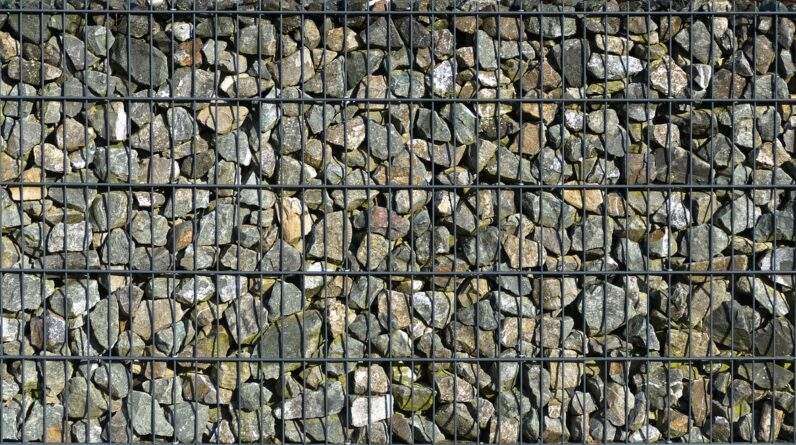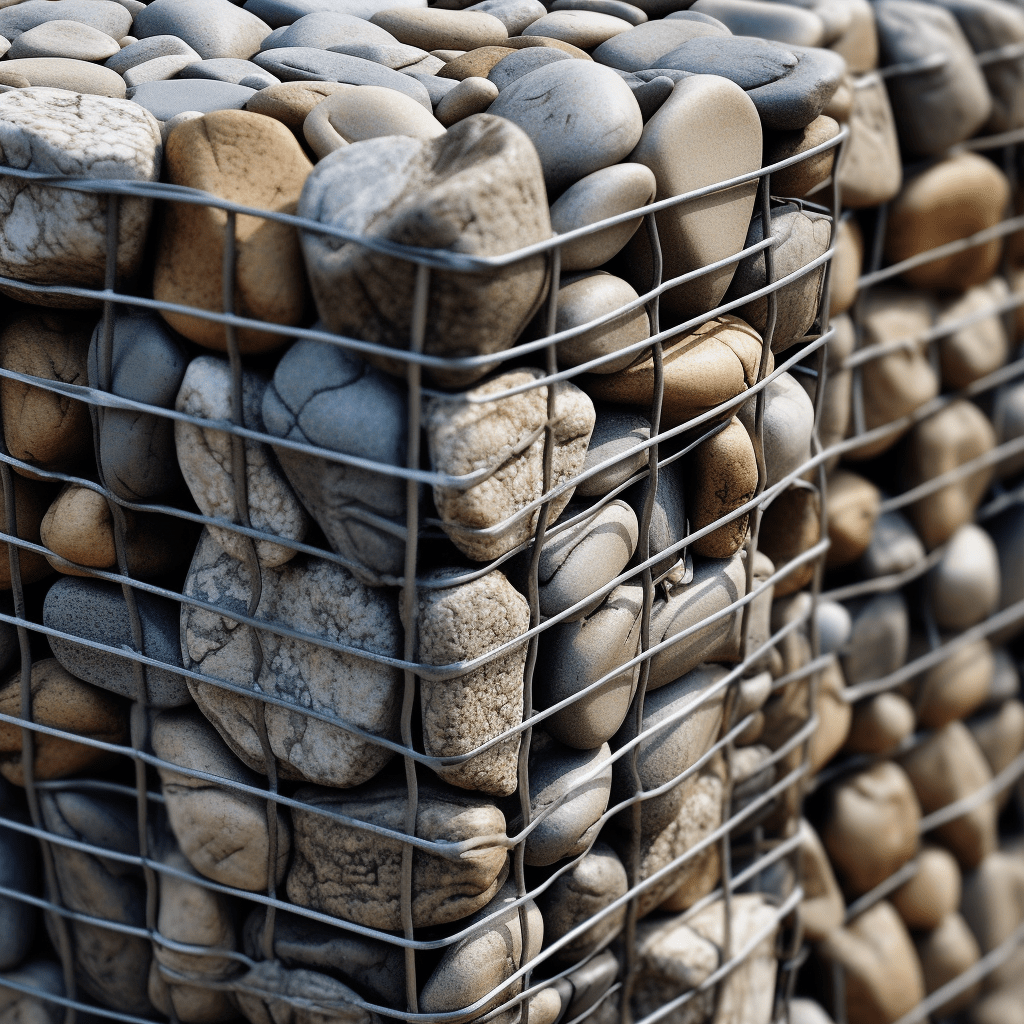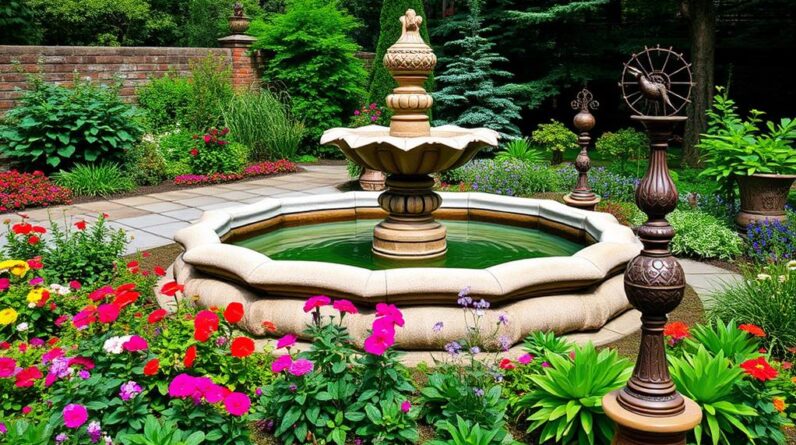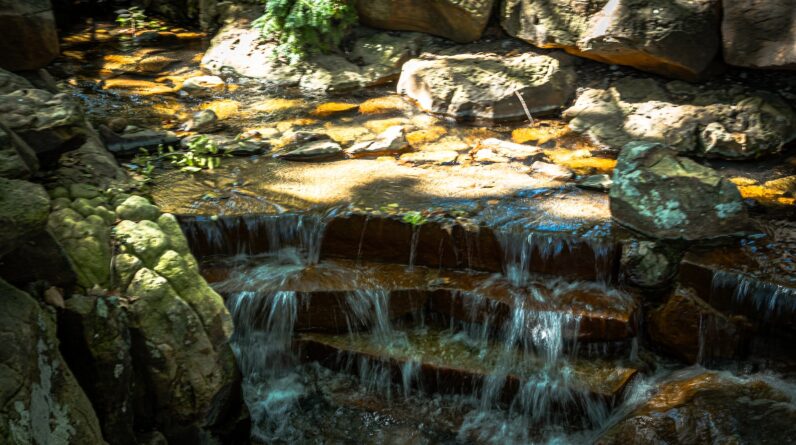
Are you looking for a way to protect your property from erosion or flooding? Gabion retaining walls are an ideal solution for retaining soil and preventing landslides. They’re strong, cost-effective, and incredibly easy to install compared with other retaining wall solutions.
In this article, we’ll give you some tips on designing gabion walls so they look great and serve their purpose.
We’ll show you the difference between short walls and tall ones, how to make sure your wall will last as long as possible, and more.
Get ready to learn all about gabion retaining walls!
What are gabion walls?
You may have seen these walls around, but do you know what they actually are? Let’s take a closer look.
Gabion walls, also known as gabion retaining walls, are constructed from interlocking baskets filled with rocks or gravel and held together by transverse and longitudinal wires. These baskets form a strong wall that can be used to contain soil or other materials for building purposes. The wires provide extra stability to the system and help it withstand the pressure of soil against it when used as a retaining wall.
What makes gabion walls unique is their durability – they won’t rot or corrode like many other materials used in construction projects. Furthermore, they’re relatively easy to assemble and maintain compared to other types of retaining walls. By combining the strength of the stones with the flexibility of the wire mesh, gabion walls create an incredibly sturdy structure for any project.
Do gabion walls make good retaining walls?
You’re likely wondering if gabion walls are a good choice for holding back soil; the answer is yes, they can be great for this purpose. Gabion retaining walls have many advantages over other types of walls such as quick construction, flexibility in design, and strength.
These walls provide an economical option when facing challenging terrain or soil conditions. Plus, unlike timber or stone retaining walls, gabions don’t require extra reinforcement or braces to support the wall height. What’s more, even with relatively short wall heights (3ft tall), gabion retaining walls are still quite effective at supporting large quantities of earth behind them.

The wire cages filled with stones create a solid mass that resists erosion and provides solid footing to hold the weight of a substantial amount of soil behind them. The key to success when designing a gabion retaining wall is having an understanding of the expected loads and selecting appropriate materials for your situation.
This will help ensure that your wall stands up to whatever forces it needs to bear while also ensuring that your design is cost-effective and efficient. With careful planning and consideration, gabion retaining walls can be an ideal solution for many applications where additional soil retention is needed.
From here, we’ll explore how best to design gabion walls under 3ft tall.
Gabion retaining walls under 3ft tall
When designing gabion walls under 3ft tall, it’s important to imagine the wall as a towering fortress of strength that will resist erosion and protect the soil behind it. It is essential to ensure that:
- The baskets are filled with heavy materials such as rocks or stones for extra stability.
- Smaller meshes should be used for smaller rocks, and larger meshes should be used for larger rocks.
- Rocks should overlap each other in order to secure them together within the basket.
- The gabion walls are securely fastened to the ground using anchors and stakes so they can withstand lateral pressure from water and soil weight.
- Use galvanized wire or steel mesh ties to attach baskets together and anchor them into the ground.
- Place vertical posts at intervals along the length of the gabion wall for additional support from wind loads.
The design of these short retaining walls must also take into account drainage issues. Consider installing drain pipes at regular intervals around the base of the wall in order to reduce hydrostatic pressure buildup due to run-off water. In addition, make sure there is a layer of coarse aggregate material between any earth fill material and filter fabric on top of them in order to provide adequate drainage.
With careful consideration and implementation of these elements, your gabion wall will be able to stand strong against erosion forces over time.
Transitioning now into discussions about taller gabion walls, it’s important to understand how certain factors may change when increasing height.
Gabion retaining walls over 3ft tall
Gearing up for bigger projects? If you’re looking to build gabion walls over 3ft tall, you’ll need to take some extra precautions. When constructing a wall taller than 3 feet, it’s essential to ensure that the foundation is strong enough to support the additional weight of the wall and any backfill material. Moreover, it’s important to make sure that the soil type is suitable for building a retaining wall. |
The design of gabion structures should also be such that they are able to withstand any extreme weather conditions like heavy rain or intense wind. This can be done by using thicker mesh and larger stones as well as by providing additional reinforcement in vulnerable areas. Additionally, anchoring systems should also be implemented in order to provide stability and reduce stress on individual components of the structure. |
When choosing materials for your gabion structure, it’s important to select materials which are resistant to corrosion and won’t degrade when exposed to moisture or other environmental factors. It’s also recommended that drainage holes are included at regular intervals throughout its height in order to facilitate water discharge and prevent water accumulation behind the gabion wall.
Lastly, professional engineering advice should always be sought out prior starting construction work on any large-scale project like this one!
Frequently Asked Questions
How long do gabion walls typically last?
On average, gabion walls can last from 25-100 years depending on the type of material used and the design of the wall. Constructed from heavy duty wire mesh filled with stones, these walls are hardwearing and long-lasting. The lifespan of a gabion wall is largely determined by its level of protection against corrosion, water saturation, and other environmental factors.
Properly designed gabion walls should be able to withstand all weather conditions for many decades in a row without needing repairs or replacements. Additionally, careful preparation of the ground where the gabion wall will be built can also extend its life significantly.
What materials are used to construct gabion walls?
Gabion walls are made of sturdy, durable materials that can stand up to the elements. They typically consist of galvanized steel mesh filled with rocks or gravel, though some may also be filled with sand or soil. The mesh helps keep the material inside from shifting and provides a strong structure for the wall.
To ensure maximum longevity, it’s important to choose materials that are rust-resistant and can withstand extreme temperatures and weather conditions.
How much do gabion walls cost to install?
Installing a gabion retaining wall can cost anywhere from $10-$200 per square foot, depending on the size of the wall and the type of materials used. It’s important to note that labor costs for installation can also vary significantly. It is a good idea to search for local landscaping contractors who specialize in retaining walls to get an idea of the options in your part of the world.
An interesting statistic to consider is that most gabion walls will last up to 50 years with minimal maintenance, making them a great investment in the long-term.
When selecting materials for your gabion wall, make sure to select an option that’s both cost-effective and long-lasting so you can get the most out of your investment.
What are the maintenance requirements for gabion walls?
Maintaining a gabion wall is relatively straightforward. Depending on the climate, you may need to inspect it for corrosion and other signs of wear every three to five years. Look for any exposed wires or rust spots, which can weaken the structure.
Make sure that all stones are securely affixed and check for trapped debris or vegetation growing in between them. You may also need to clear out water build-up at the base of your wall from time to time, as this can accumulate and cause damage if left unchecked.
Are gabion walls suitable for areas with high water levels?
You may be wondering if gabion walls are suitable for areas with high water levels. The good news is that they can actually be a great solution for these types of environments. The sturdy wire mesh baskets filled with rocks help to disperse the force of the water and provide additional stability, even in areas with higher water levels.
Plus, the stones used in the gabion wall are heavy enough to act as an extra barrier against the force of the waves or flooding.
Conclusion
You’ve now learned all about gabion walls and how they can be used as effective retaining walls. But it’s not as easy as just stacking up some stones! You need to make sure you plan ahead and design your wall carefully, considering factors like height, soil type, and climate.
Remember, a poorly-designed wall might not last long enough to even give you the satisfaction of saying ‘I made this!’ So take the time to do it right – it’ll pay off in the end. And if nothing else, at least you can laugh at yourself for trying if it fails spectacularly!












